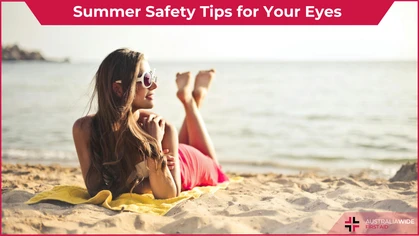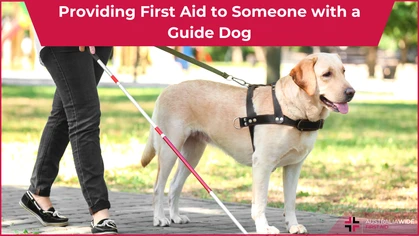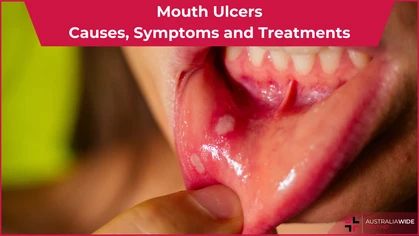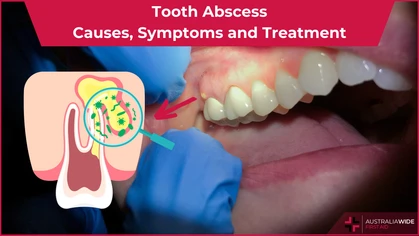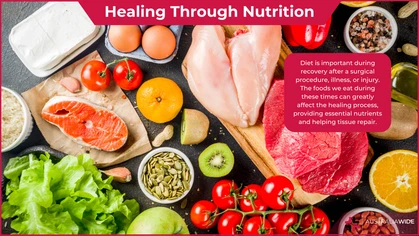Child Safety – 4 Important Things to Know

General Health-Related

As a parent, the safety of your child should always be your top priority
Over 68,000 children aged 0 to 14 years are rushed to the hospital for serious injuries each year, with more than 150 of those hospitalisations ending in death. As a parent, the safety of your child should always be your top priority. According to the Child Accident Prevention Foundation of Australia, more Australian children die of injuries each year than of cancer and asthma combined. With such sobering statistics, there is no better time than now for you to learn all that you can about child safety. By doing so, you arm yourself not only with the knowledge that will help you keep your child healthy and safe, but also with the skills necessary to address emergencies that could involve your child and other people around you. To help you in this regard, we provide you this list of the important things to know about child safety in Australia.Being trained in first aid for children is essential
Knowing how to properly administer first aid if your child gets injured can be a significant factor in preserving their life. However, you should be aware that there is a specific type of first aid that is meant to treat injuries in young children. A child’s body is more fragile than that of an adult’s, and as such, using first aid techniques meant for an adult on a child could only do more harm than good. To avoid this, make sure to get formal training in child care first aid from a nationally recognised and accredited first aid training organisation such as Australia Wide First Aid. This will ensure that you’ll learn the right skills and knowledge in treating injuries in children.Transport-related injuries are the most common cause of injury-related deaths among Australian children
Always exercise maximum care whenever you take your child anywhere in your car or whenever you’re walking with them near roads. This is because in Australia, the most common cause of injury-related deaths in children is “road trauma” or those that have to do with transport-related injuries. Road trauma can happen in a variety of ways: from a child being thrown inside a moving car due to them not wearing safety restraints at the time of the accident, to them being locked inside a car during a hot day. Many children also get struck by oncoming traffic after accidentally venturing out on the road on their bike or scooter. Such scenarios can be easily prevented when one follows these common sense road safety practices:- Ensure that your child is in their proper car seat and their restraints are firmly fastened even before you get into the driver’s seat.
- Drive as carefully and as defensively as you can. Follow the rules of the road, and keep to a reasonable speed.
- Never leave your child alone in your car for any amount of time, even if there’s no sunlight out.
- Finally, never allow your child to leave your side while they’re on their bike or scooter, and keep them away from traffic-heavy roads. Confine their bike and scooter usage to your property if possible.
Fall injuries are the most common types of injuries that befall Australian children
Does your home have a lot of high places that your child could potentially fall from? If you have stairs, balconies, or even tall furniture in your home, then your child is definitely at risk. Consider installing safeguards to prevent your child from gaining access to these heights and injuring themselves. Fall injuries are the single largest class of injuries that occur among Australian children, with head injuries and skull fractures being the most common result. Protect your child from falls by installing safety gates and guard rails on your stairs and balconies. Also place soft material at the foot of tall furniture and baby play equipment to cushion any potential falls. Most importantly, do not leave your child unattended for any length of time around potential fall hazards.The home is where half of all child injuries usually happen
We’ve all been brought up with the belief that there’s no safer place for us to be in than at home. However, this may not be necessarily true for children, as according to the Child Accident Prevention Foundation of Australia, the home is the most common place for them to experience injury. Therefore, you should make your home kid-safe by implementing the following basic safety measures. These steps are prefaced with the type of child injury risk they mitigate.- Tripping: Ensure that your home’s floors are clear of tripping hazards such as loose wires, toys, and slippery tiles. If you have any rugs or floor coverings, make sure they are in good condition and are secured in place to prevent slipping.
- Drowning: Isolate your pool with a barrier that has a self-closing and self-latching gate. This will prevent your child from having access to your pool without your supervision. Also, never leave them unsupervised in the pool or bath for any length of time.
- Poisoning: Store pesticides, household cleaning solutions, and other potentially harmful chemical products in a locked cupboard that’s at least 1.5 metres off the ground. Medicine should also be kept in a high place and within a locked container.
- Burning and scalding: Consider installing a safety gate to your kitchen’s entryway to prevent your child from gaining access to this part of your home. This will help keep them away from the many objects in the kitchen that could pose a threat to their safety. These include sharp and pointed cutlery, hot burners and electric appliances, hot water dispensers, and in-sink food processors.
- Choking and suffocation: Keep plastic bags, packaging, and small objects that can be easily wallowed out of your child’s reach. Secure loose wires and curtain cords so they do not present themselves as strangling hazards. Moreover, ensure that the toys you buy for your child are verified as ideal for their age.
- Electrocution: Use plug-in covers to stop your child from being able to poke their fingers or other objects into electric sockets.
- Dog bites: Ideally, you should keep your child away from all dogs, especially if the kid is under five years of age. Never leave them alone in a room with a dog. Remember that any dog, no matter the breed or temperament, can and may bite.
Child safety starts with the parent
Part of being a caring parent for your child is to be responsible for their safety, especially during their younger years, when they are most vulnerable. Take the above information to heart, and you’ll be able to ensure your child’s safety and well-being for the foreseeable future.
Originally published at
https://www.australiawidefirstaid.com.au/resources/4-important-things-to-know-about-child-safety-in-australia
as part of the Australia Wide First Aid Articles Library




